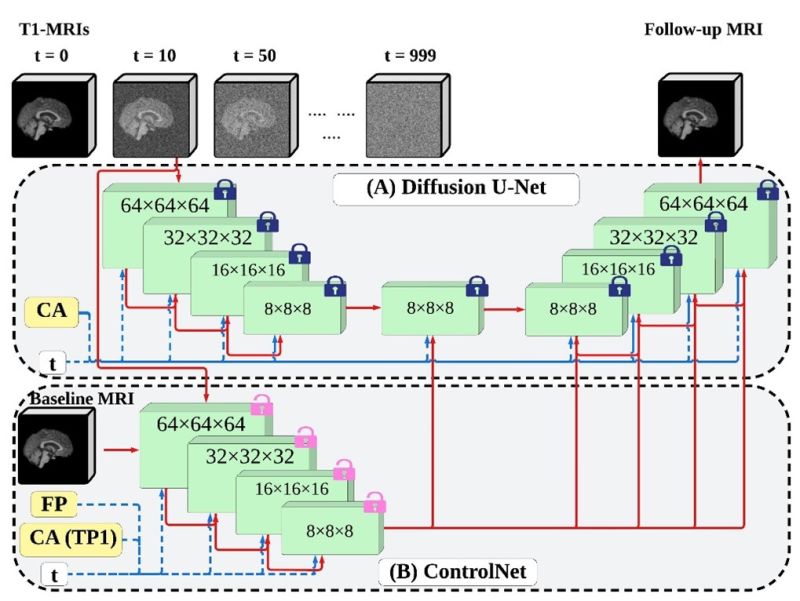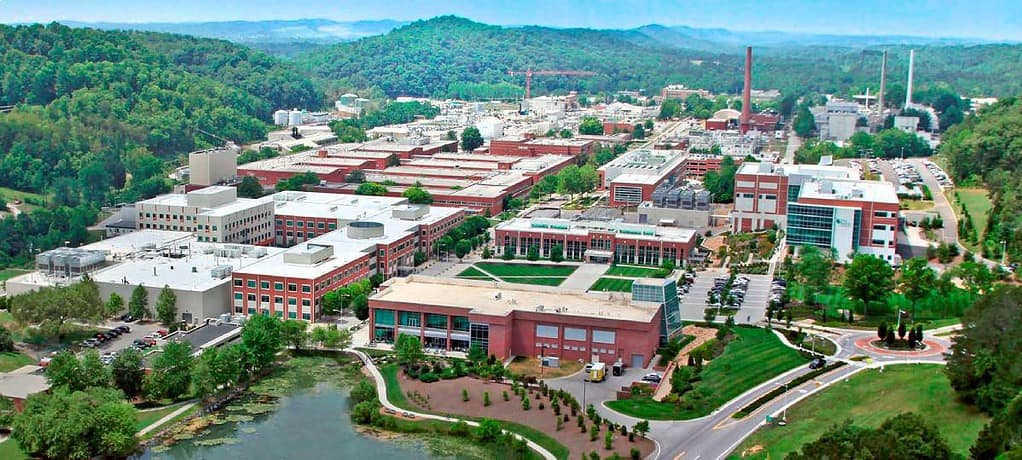“When our company first transitioned to pellet-fed 3D printing, we faced a big risk because there were no available slicers that could do what we envisioned,” said Zachary DiVencenzo, president and co-founder of JuggerBot 3D. “That is, until we met the ORNL team. Their existing slicer software was the foundation we needed to grow. Now, the updated open-source Slicer 2 showcases how ORNL innovates for all advanced manufacturing. We’re far from the only company that will benefit from it.”
Next, the collaborative team explored methods for calibrating the JuggerBot 3D pellet-fed extruder’s speed and material output in real time. The researchers developed a bead characterization system using laser technology to measure the width of deposited polymer beads, enabling the extruder to compensate as needed to print with greater accuracy.
The last phase focused on maximizing efficiency through automation. “JuggerBot 3D had the idea, which we’ve commercialized since then, to develop a material database housed within our printer that contains critical process parameters for hundreds of thousands of materials,” DiVencenzo said.
ORNL helped JuggerBot 3D realize this innovation in a way that provides its customers with both ease of use and a high degree of functionality.
Typically, operators must provide details about the machine, printing speed, system calibration and material process parameters for the slicing software. However, the combination of ORNL Slicer 2, new calibration technology and the JuggerBot 3D Material Card results in a data-driven, automated process operators can run without such specialized knowledge.
“Operators only need to know which machine they’ll be using. They can slice the CAD design once, then the system pulls in the Material Card data and does the rest,” ORNL researcher Alex Roschli said. “They won’t need to run the entire calibration process each time they change materials. This can save days or weeks. That adds up for a company.”
This project is running in parallel to a JuggerBot 3D project for the Air Force Research Laboratory. The company has been awarded $4 million to develop a large-scale advanced manufacturing system capable of processing both thermoplastics and liquid resin thermosets.
ORNL and JuggerBot 3D will refine the slicing software and printer hardware to process thermosets independently and thermosets and thermoplastics simultaneously — an industry first. JuggerBot 3D will then create and integrate new thermoset Material Cards. This collaboration, like the first, will culminate in technologies ready to be incorporated into production workflows, which creates opportunities for the entire MDF ecosystem of manufacturers, end users and universities.
The MDF, supported by DOE’s Advanced Materials and Manufacturing Technologies Office, is a nationwide consortium of collaborators working with ORNL to innovate, inspire and catalyze the transformation of U.S. manufacturing. Connect with the MDF.
UT-Battelle manages ORNL for the Department of Energy’s Office of Science, the single largest supporter of basic research in the physical sciences in the United States. The Office of Science is working to address some of the most pressing challenges of our time. For more information, visit energy.gov/science. — Meghan McDonald


